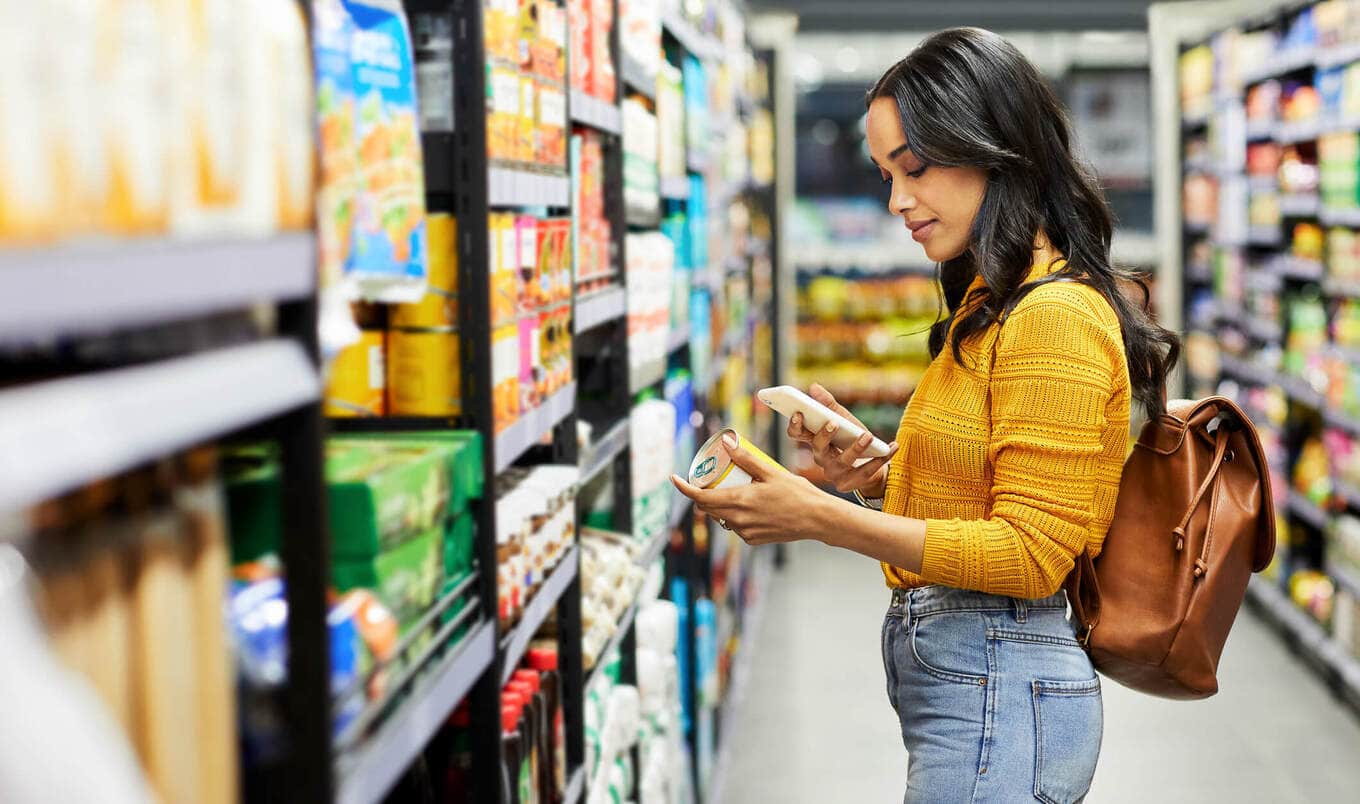The Food and Drug Administration (FDA) has updated its definition of “healthy” for food labeling, marking the first revision in 30 years. This change aims to align food labels with current federal dietary guidelines to combat diet-related chronic diseases. This initiative is a key component of the White House National Strategy on Hunger, Nutrition, and Health.
Under the new rule, products labeled as “healthy” must contain specific amounts of food from one or more recommended groups, such as fruits, vegetables, grains, dairy, and proteins. Additionally, these products must adhere to limits on added sugars, sodium, and saturated fats, with thresholds varying by product type. For example, grains must include three-fourths of an ounce of whole grains and contain no more than 2.5 grams of added sugars, 230 milligrams of sodium, and 1 gram of saturated fat per serving.

This update means that foods like sugary cereals, highly sweetened yogurts, and white bread can no longer be labeled as “healthy.” In contrast, items such as avocados, olive oil, salmon, eggs, and certain trail mixes now qualify for the “healthy” label. Even water can be labeled as healthy under the new guidelines.
FDA Commissioner Robert Califf emphasized the significance of this update, stating, “It’s critical for the future of the country that food be a vehicle for wellness.”
He added that improving access to nutrition information is a vital public health effort to help people build healthy eating patterns.
“It is vital that we focus on the key drivers to combat chronic disease, like healthy eating. Now, people will be able to look for the ‘healthy’ claim to help them find foundational, nutritious foods for themselves and their families,” Califf added.
The previous definition, established in 1994, focused on limiting total fat content, which inadvertently excluded foods with beneficial fats, such as avocados and nuts. This outdated criterion allowed products high in added sugars or refined grains to be labeled as “healthy” if they met certain vitamin or mineral requirements. The new rule addresses these inconsistencies by emphasizing overall nutritional quality and the inclusion of nutrient-dense food groups.
“Food labeling can be a powerful tool for change. Food labeling, like ‘healthy,’ may help foster a healthier food supply if manufacturers choose to reformulate their products to meet the new definition,” said FDA Deputy Commissioner for Human Foods Jim Jones. “There’s an opportunity here for industry and others to join us in making ‘healthy’ a ubiquitous, quick signal to help people more easily build nutritious diets.”
 Getty
Getty
BECOME A VEGNEWS VIP: Get exclusive product deals, freebies, and perks galore!
The FDA’s decision has garnered mixed reactions. Dariush Mozaffarian, MD, MPH, DrPh, director of the Food is Medicine Institute at Tufts University, praised the update as a significant improvement, noting that it shifts the focus from negative nutrients to the presence of healthy ingredients. However, the Consumer Brands Association expressed concerns about the scientific basis and potential economic impacts of the rule, suggesting that it may exclude some packaged foods despite industry efforts to offer healthier options.
The Environmental Working Group (EWG) also commented on the FDA’s update. Scott Faber, EWG’s Senior Vice President of government affairs, stated, “The FDA’s updated rule is a long-overdue step forward, but it’s not enough.”
Food labeling
Labeling isn’t just about information; it’s about guiding behavior. Studies show that clear and consistent labels can influence purchasing decisions, steering consumers toward healthier options. Yet, the debate continues over whether voluntary changes, such as the FDA’s “healthy” label update, are enough to combat the rising tide of diet-related chronic diseases like obesity and diabetes.
In a country where over forty percent of adults are obese, experts argue that labeling reform must be paired with broader food system changes. The food industry often meets labeling updates with resistance, citing logistical and financial burdens. For instance, the FDA’s updated “healthy” rule, while praised for its clarity, has raised questions among manufacturers over whether they will need to reformulate products to maintain market appeal. Similar concerns have surfaced in the European Union, where wine producers have scrambled to adjust to ingredient transparency rules that are now enforced via QR codes.
 Pexels
Pexels
Labels carry significant weight in fostering consumer trust—or undermining it. While the FDA’s new rule aims to eliminate misleading “healthy” claims, critics like the EWG highlight that ultra-processed foods and products with harmful chemicals may still meet the new standards. This perceived loophole could erode trust in the label, underscoring the need for stricter oversight and comprehensive reform.
The future of labeling may lie in technology. QR codes, already in use in the EU for wine, offer a potential model for providing deeper, more dynamic product information. Imagine a grocery store where consumers scan codes to access real-time updates on nutrition, allergens, and even sustainability metrics. As the US explores options for front-of-package symbols, there’s a clear opportunity to bridge transparency with tech-driven innovation.
The divergence in labeling rules between the US and the EU raises questions about global trade and consumer education. For multinational companies, harmonizing standards could simplify compliance while fostering greater consumer understanding. Yet, with the US focusing on voluntary measures and the EU enforcing stricter mandates, the divide may widen, leaving consumers with inconsistent guidance depending on their geography.
For more plant-based stories like this, read:
JUMP TO ... Latest News | Recipes | Guides | Health | Subscribe








